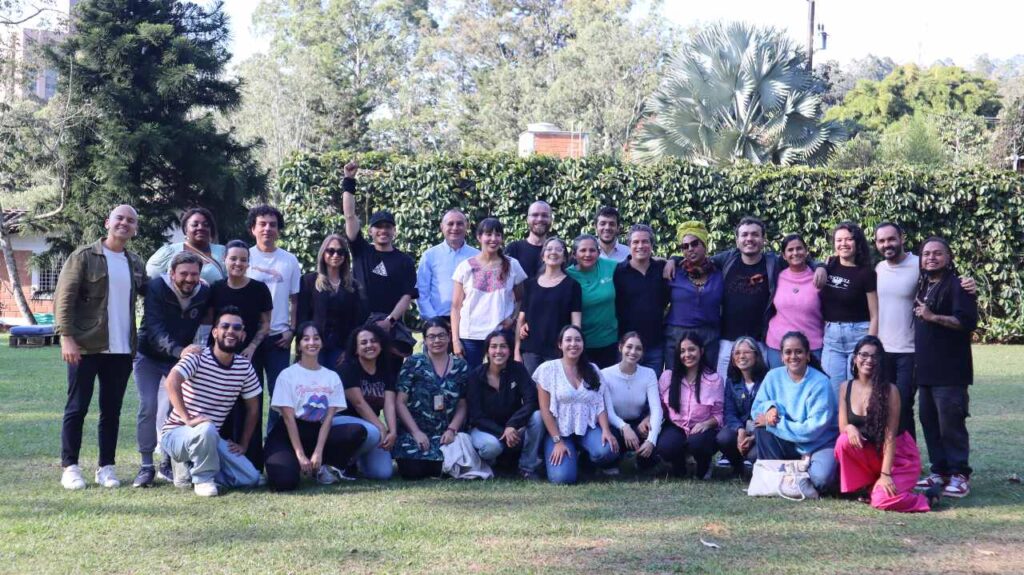The month of June 2020 marks two years since the introduction of Tanzania’s e-Procurement System (TANePS), a platform that seeks to migrate all public procurement processes online. Hosted by the Public Procurement Regulatory Authority (PPRA), it supports procurement of goods, works, consultancies, non-consultancies and disposal of assets. June 2020 has been marked as the deadline for all procuring entities to migrate to TANePS, after which it’s anticipated that no procurement activities will be allowed outside the system.
E-procurement systems and efficiency
In East Africa, Tanzania is one of the three countries that have adopted an e-procurement system, including Kenya and Rwanda. Moreover, procurement authorities from East African countries have set the adoption of e-procurement as one of their resolutions in the annual East Africa Public Procurement Forum. With the migration to e-procurement, Tanzania has positioned itself as a premier country with a model procurement system. A comparative assessment done by Transparent Public Procurement Rating, rates Tanzania’s public procurement at number 11 among 35 countries from Africa, South America, Europe and Eastern Asia based on procurement values, processes and performances. Top countries in the list such as Ukraine have been attributed for its efficient e-procurement system: Prozorro that has saved millions of tax payers money in clean and open procurement.
Despite the potential provided by e-procurement, Tanzania is yet to fully migrate all its procurement systems. The 2018/2019, PPRA annual performance evaluation report shows that, only 71 procuring entities out of 540 procuring entities have started to use the platform, pointing out continuation of the electronic and paper-based system. To speed up the adoption, PPRA has intensified training and sensitisation of various stakeholders, particularly in the financial year 2018/2019 where 251 procurement officers and 721 potential suppliers received training on the use of TANePS. Some of the notable progress in the migration includes increase in published annual procurement plans, where by April 2020, a total of 551 annual procurement plans were published in TANePS with a consolidated value of TZS 23.558 trillion (equivalent to USD 10 billion).
One of the known advantages of most e-procurement systems is that it increases efficiency by automating processes, which enhance inclusion and participation of all beyond traditional contracting parties and reduces corruption through early detection red flags. The adoption of e-procurement in Tanzania comes at an opportune time in supporting ongoing efforts aimed at reducing wastage of government resources. Some of the inefficacy issues that the system seeks to address include inconsistencies raised by the 208-2019 Controller Auditor General’s (CAG) report that showed only 39 per cent of the local government authorities had fully complied with procurement regulations. Anomalies such as payment before delivery of goods and services, incomplete documentation, issuing invoices without dates with unsigned delivery notes came to the fore. Furthermore, PPRA in its 2018/2019 performance evaluation report showed flawed tendering processes and contract management from various procuring entities, with some contracts having excess budget amounts combined with lack of proper approval and auditing.
E-procurement and open contracting
The adoption of e-procurement is not only a technological win; its sustained success will depend on the perception, attitude and the political will of its implementors. PPRA as a government agency needs to consistently find ways of shaping attitudes and perception among procurement entities into fully embracing the use of the e-procurement system for enhancement of transparency, accountability and participation in public procurement.
In line with the open contracting approach, e-procurement should facilitate openness in the procurement cycle through transparency from planning to contract management. This should be inclusive of citizens who can offer constructive criticism in demanding for efficient usage of funds through quality goods and services.
With open and transparent procurement, authorities have the capacity of disclosing procurement plans and evaluating outputs, signed contracts (with addendums), milestones as well as payment schemes in any procurement project. Adequate transparency in the tendering process not only strengthens the capacities of authorities to follow up various procurement stages but also have beneficiaries and broader members of the public, assist in monitoring projects across the country. In public procurement, the aspect of citizens’ participation is crucial; as public participation, innovation and accountability have proven to enable the sector thrive. Authorities should explore mechanisms that further allow civil society organizations from the grassroots to the national level to equally play a key role in strengthening the procurement system by converting complicated procurement data into actionable information.
The introduction of e-procurement presents an important milestone in the transformation of Tanzania’s public procurement. However, technology is just a tool. Meaningful transformation starts and is sustained with the people. At the end, we expect an e-procurement that is dependent on the will of the People to transform utilization of public resources.
About Open Contracting
Through the Open Up Contracting Program, Hivos and ARTICLE19 work with local civil society, media, activists, businesses and civic watchdog organizations to develop their ability to conduct oversight of these deals. This way they can effectively advocate to change policies and practices, or start strategic litigation, so public contracting becomes more transparent, accountable and efficient. The program also gives citizens insight into how governments and businesses obtain and spend (public) money so they, too, can become involved in holding their authorities to account.
*The article was first published by the Citizen




